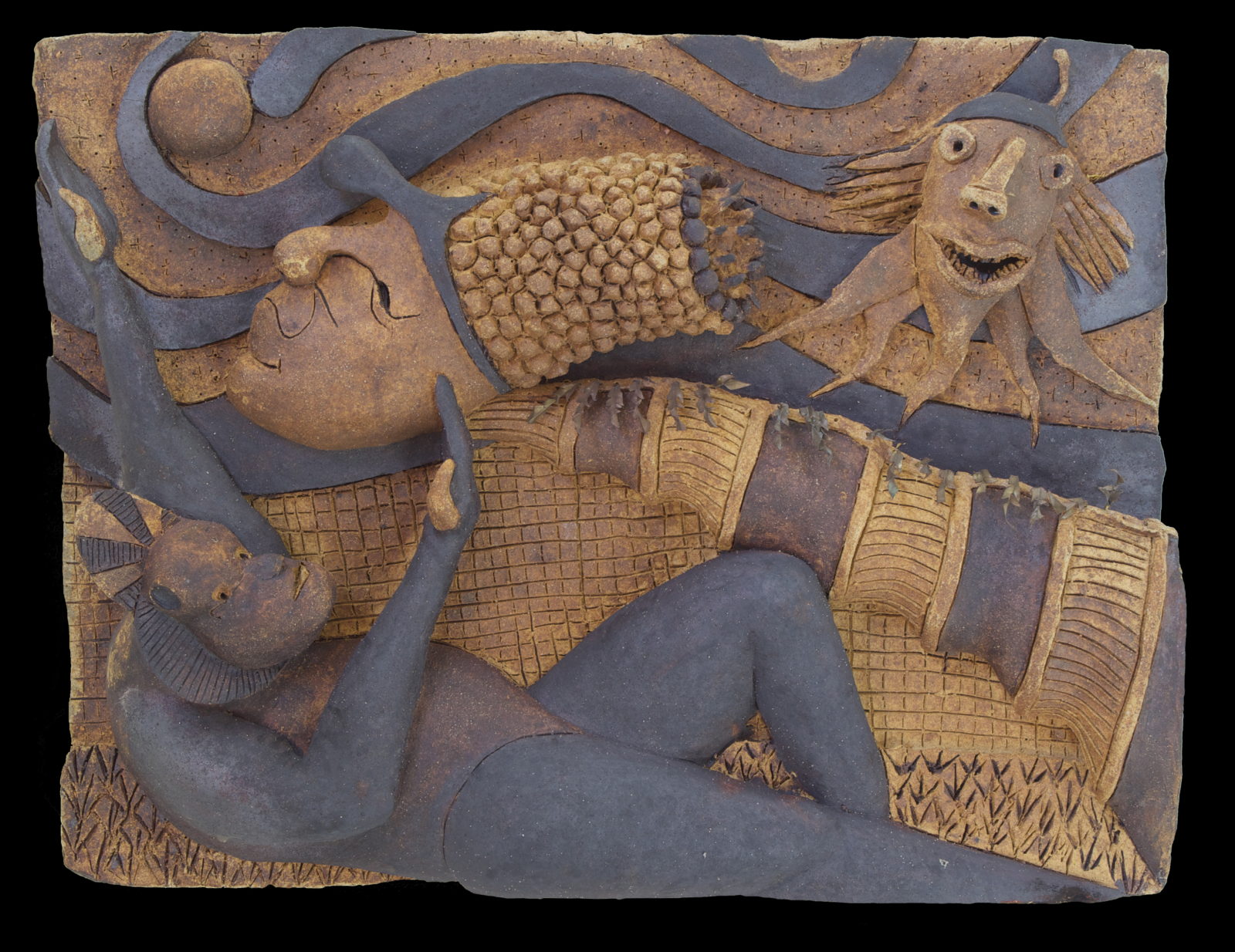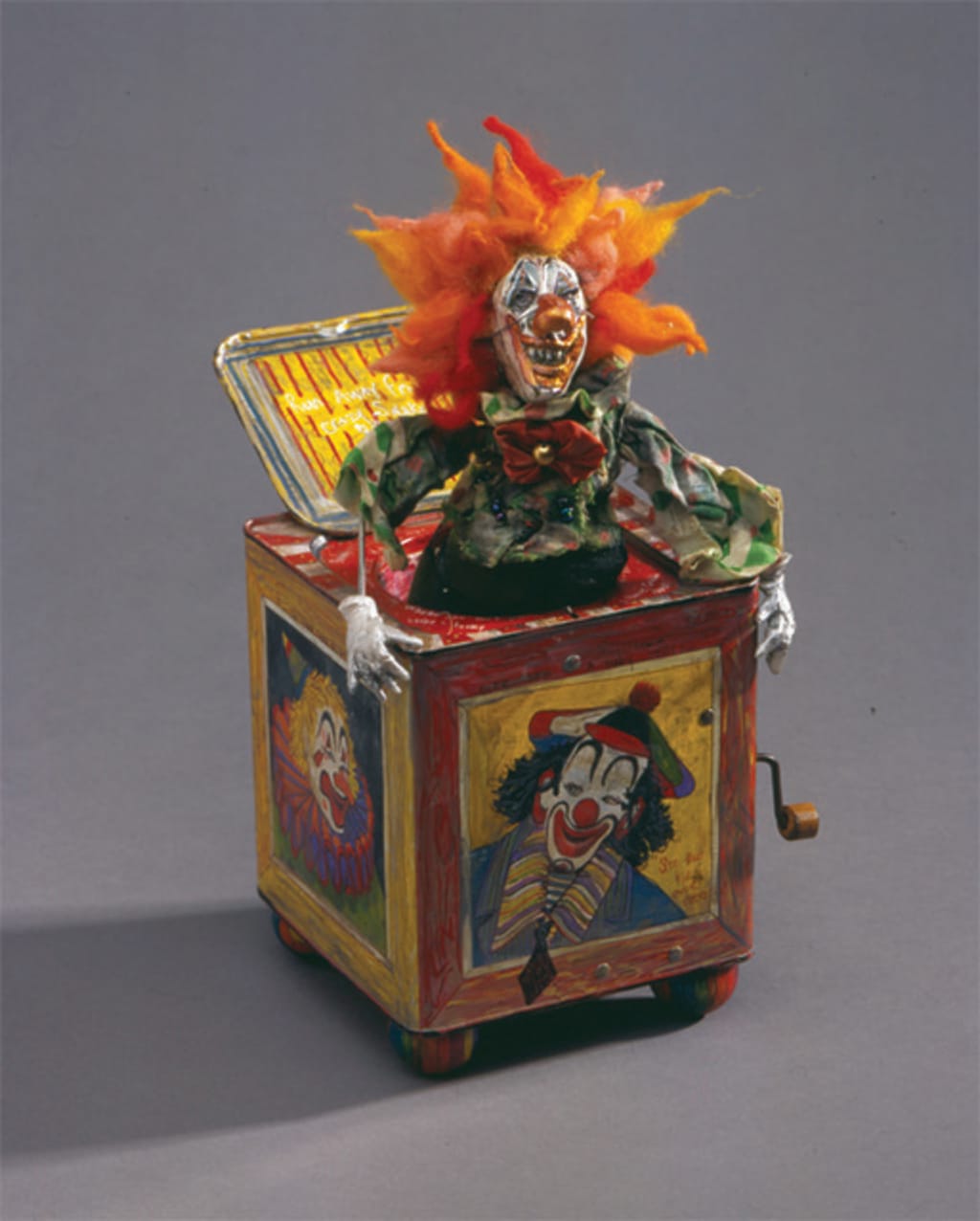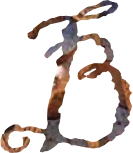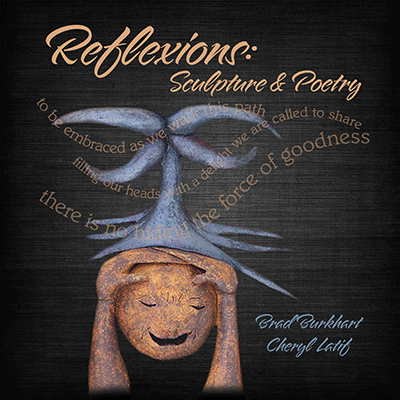For July, I decided to take a bit of a different tack in choosing my Sculpture of the Month: I asked my newsletter editor to select a piece for me to write about. As it turns out, she picked a piece that I happened to name myself, rather than one that went through the group consensus naming process I typically prefer. Even so, the imagery in this sculpture has thoroughly challenged my powers of insight!

Enoch in the Slipstream of Life
The name “Enoch” came to me intuitively for the central figure in the piece. This immediately intrigued me, as I had never heard that name before. When I researched it, I found the name — traditionally given to Jewish sons — means: dedicated, trained, disciplined, or principled.
As I looked further, I discovered The Book of Enoch, one of the Apocrypha — books written around the time of the Old Testament, but not included in the final scripture. It tells the story of Enoch, who was such a good man that God took him directly into heaven and made him an angel before he died.
One of the reasons The Book of Enoch was rejected from the final scripture is because it tells an alternate story of how evil came into the world. (The more common story involves a serpent enticing Eve to eat from the Tree of Knowledge.) In the alternate version, “fallen male angels” came to earth and mated with human women, who bore a race of fearsome, giant warriors called Nephilim. Only the Coptics, a contemporary denomination of Christianity in northern Africa, accept this alternative interpretation of how evil entered the world.
Regardless of how evil came to be, to rid the world of it and save humanity, God created a flood to cleanse the land, and enlisted Enoch’s great grandson Noah (and his ark), to save the last good humans and each of every species on earth.
In the sculpture, it appears that Enoch flows through the middle, and perhaps it’s one of the half-human giants who rests below in his wake (or his slipstream). Above Enoch, we see a face like a jack-in-the-box.

|
The origins of this childhood toy go back to the 15th century and the tale of a man who tricked a devil trying to take his soul into taking the sole of his boot, instead. When the devil entered the man’s boot to take his “soul,” the man trapped him there, so he could never get out. Early jack-in-the-boxes were called “devil boxes” where one could trap a devil. These boxes were never opened again, lest evil spring out! So this sculpture appears to present a sort of parable of good and evil. We cannot define the concept of good without also considering the bad. We need negative forces to judge ourselves against, just as we need the beast to gauge our evolution. In the sculpture, the reclining giant figure appears to have a nearly human body, with an emphasis on our opposable thumbs, and a nascent halo framing his head. He seems to honor the inspirational influence of Enoch flowing through the slipstreams of the world and leaving the devil-in-the-box in his wake. I’d love to hear your insights into this sculpture as it continues to defy even my own sense of creative interpretation and understanding! What does the name Enoch mean to you? How does it relate to the “slipstreams” of life? If this sculpture sparked your interest, please let me know! And you can always explore more sculptures on my website. Please reach out to purchase or rent a sculpture that speaks to you, and let it call forth new energy in your life. All my best, |



